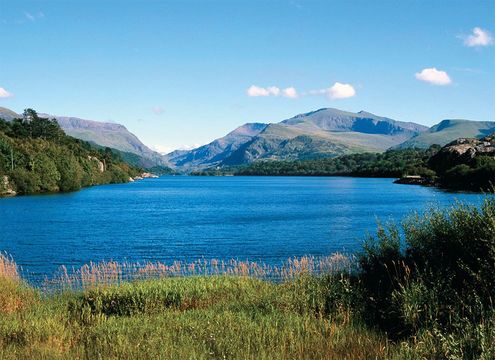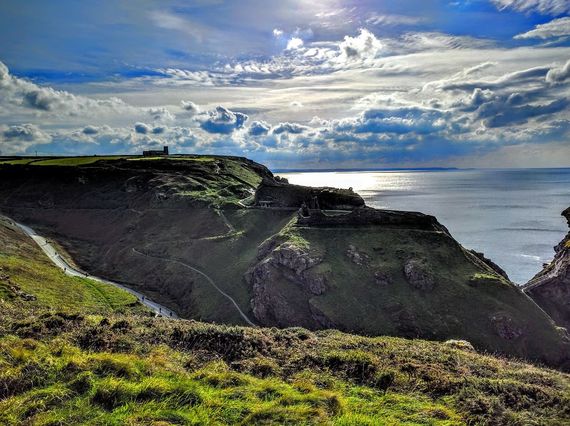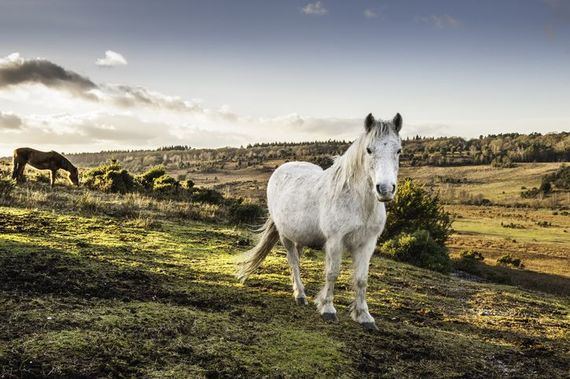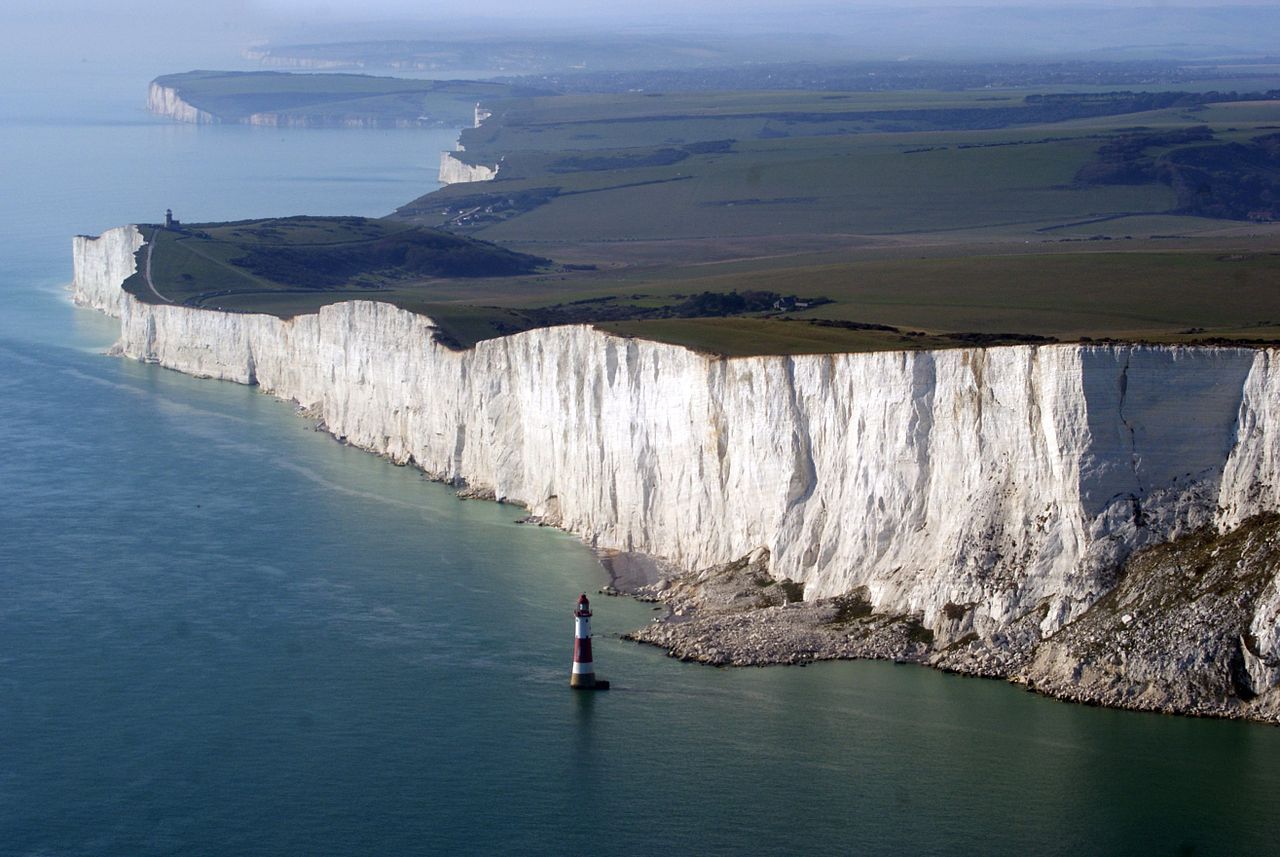
Snowdonia, Penrhyndeudraeth, Wales.
Some truly magical spots around Britain where the wonder of the natural world quite simply shines.
Almost every acre of our pleasant land shows signs of human handiwork. Still, many of Britain’s most dramatic sights human hands could never have created. Here are some first-rate wonders not to be missed.
Cheddar Gorge, Somerset
View this post on Instagram
Britain’s answer to the Grand Canyon splits the Mendip Hills northwest of Wells. Drive miles of stunning, deep ravine and then burrow underneath the limestone cliffs in England’s most dramatic show caves. Original cheddar cheese, too.
Thirlmere, Cumbria
View this post on Instagram
Pick a lake, any lake. The scenes are spectacular from viewpoints across the Lake District. To avoid the crowds drawn by nature’s showmanship, try the view on a frosty January morning from the back road along the western shore of Thirlmere.
Loch Ness, Highlands
View this post on Instagram
Down the Great Glen from Inverness toward Fort William, Loch Ness is 23-miles long, a mile wide and 755 feet deep, with waters dark and murky, bound by steep hillsides. Just seeing Loch Ness is a reason to believe in Nessie.
Symonds Yat, Herefordshire
View this post on Instagram
Straddling two counties on the River Wye, the famous scenic outlooks over the River Wye Valley are connected by a small hand cable ferry over the river. Cruise on the river or just take tea and enjoy the majestic views of the valley.
Tintagel, Cornwall
 6
6
Tintagel, Cornwall.

Tintagel, Cornwall.
It’s called Tintagel Castle, but there’s no real castle atop this dramatic headland jutting from the north Cornish coast—just some Dark Age abbey ruins. Cold tides wash into Merlin’s Cave far below. Legend says King Arthur was born here. It doesn’t matter, but there is a different air to this place.
New Forest, Hampshire

New Forest, Hampshire.
It might be stretching it to term any place that has been so carefully tended for more than 1,000 years “natural.” On the other hand, it’s because the New Forest has had such care that the timeless heath, moors and ancient hardwood groves are still there.
Beachy Head, East Sussex

Beachy Head, East Sussex.
Forget Dover. The white chalk cliffs worth seeing lie along the south coast just to the west of Eastbourne. Beachy Head and the Seven Sisters are connected by the South Downs Way, running clifftop along the water. Or you can drive a loop off the A259 and park for amazing vistas out over the Channel.
Norfolk Broads, Norfolk

Norfolk Broads, Norfolk.
Yes, it’s stretching things to call the Broads “natural,” too. The shallow lakes and river network that spreads across northeastern Norfolk hide the human imprint of centuries ago. It’s also among the most bountiful wetlands and wildlife landscapes in the world.
Exmoor, Devon
View this post on Instagram
It’s the beauty of the coast through Lorna Doone country, from Minehead to Barnstaple on the A39. Do detour into the valley at Oare to the “Lorna Doone” church, and ride the cliff railway from Lynmouth up to Lynton for majestic views of the lush Exmoor coastline.
Snowdonia, Gwynedd

Snowdonia, Gwynedd.
There’s nothing so wild and evocative as Snowdonia. Take the A5 west from Betws-y-coed, and cross under Mount Snowdon to Carnarfon. Climb Wales’ tallest peak, or take the steam train. Or follow the A470 south through the slate mountains to Porthmadog.
* Originally published in 2016, updated in 2024.





Comments